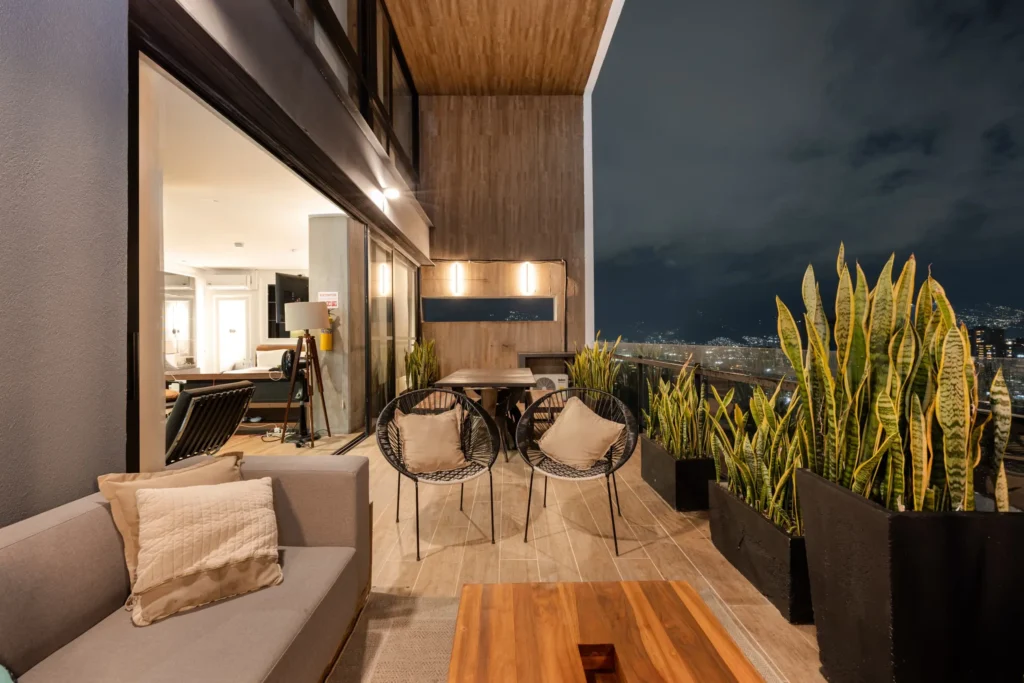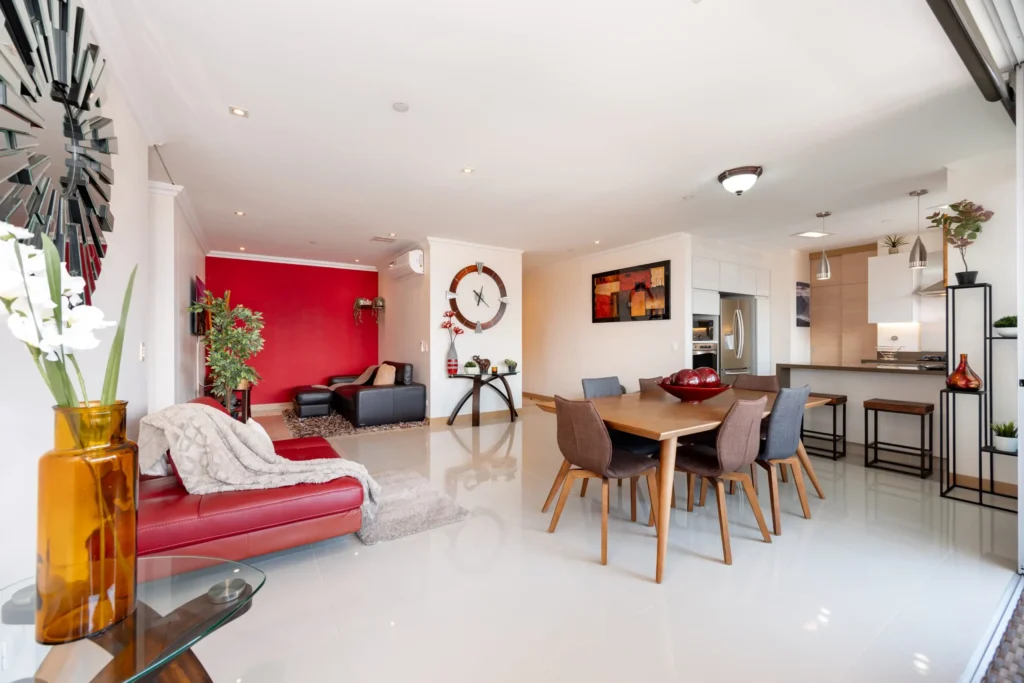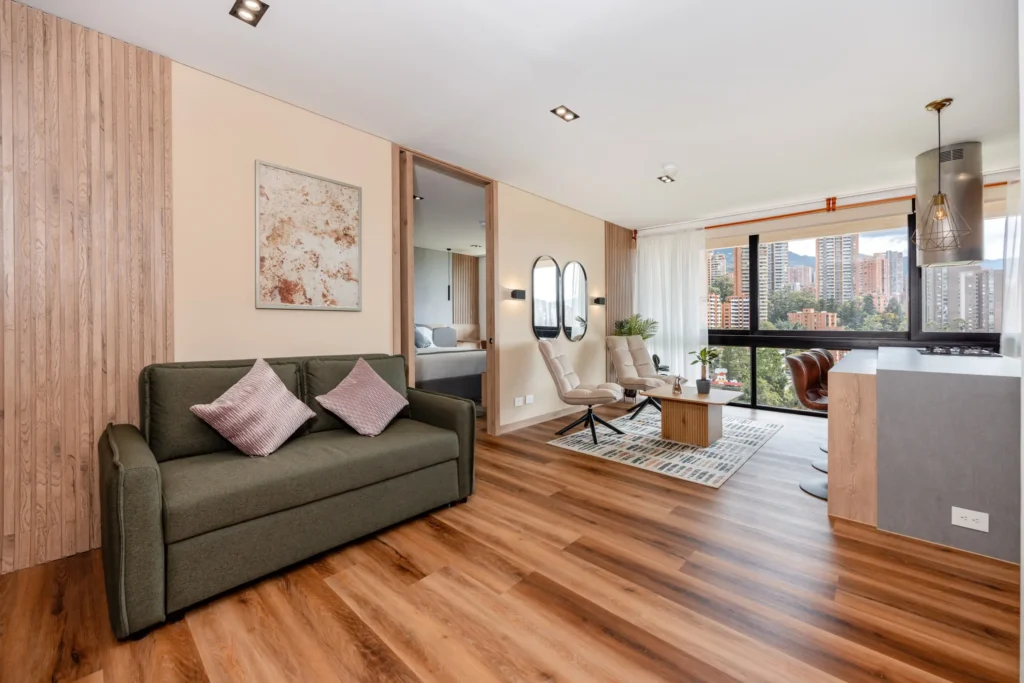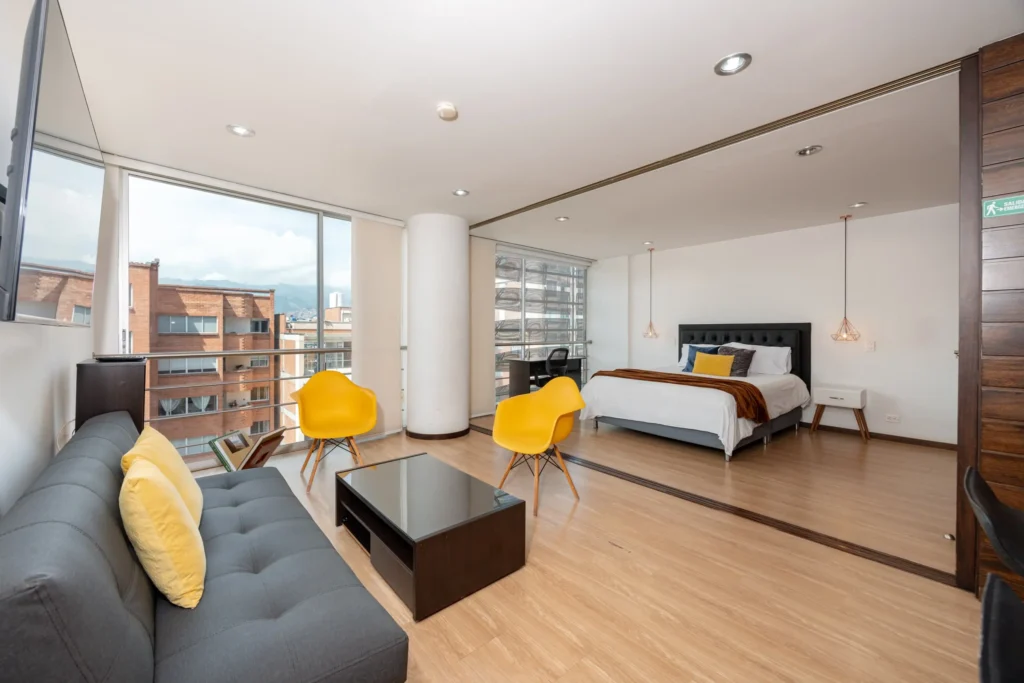TLDR? The Metro in Medellin makes it easy to get around the city!
If you talk to any proud paisa in Medellin, you’ll be sure to hear about their incredible metro system.
The system is one of the many city improvements that Medellin came up with over the last few decades to help improve the city.
It also happens to be the only metro system in Colombia.
Anyway, if you’re going to learn to get around Medellin, you should definitely learn a thing or two about the metro. Let’s take a look at everything you need to know about the metro in Medellin.
A Quick Look at How the Metro Works
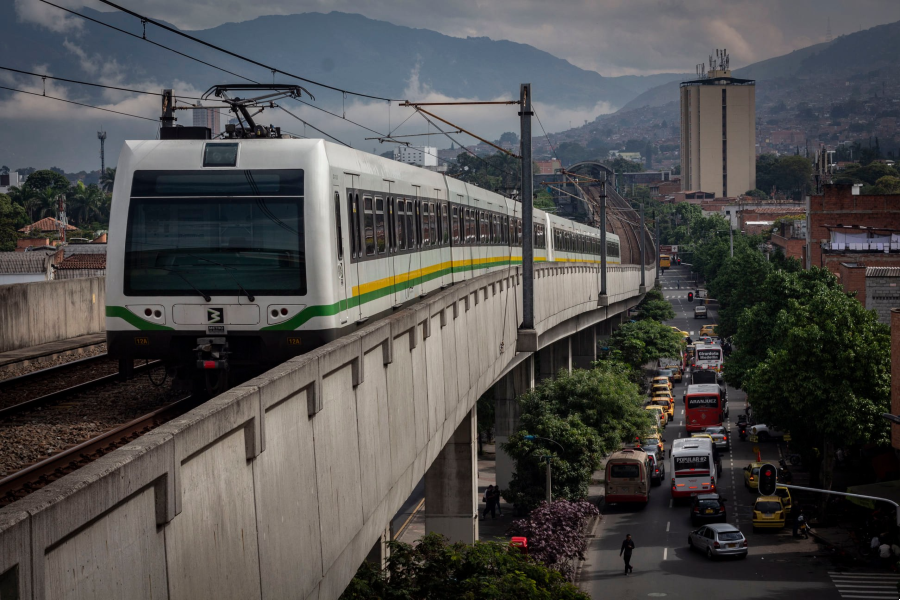
The Medellin metro system is actually a network of much more than just the metro itself. It also includes the metro cables, the tram, and the buses. That makes transportation in Medellin super easy.
Better yet, you use the same card for everything. You can reload it whenever you’re running low on cash.
This system is user-friendly, and there’s a guide for tourists that you can use to help you figure out your connections. It’s also integrated with Google maps, so you can plan your routes before you leave your Airbnb or rental property.
The whole system (train, tram, buses, and metro cables) operates from Monday to Saturday from the early morning hours until just before midnight.
Sundays also have extensive hours, although they open a bit later in the morning and close earlier at night. Make sure to double-check the hours on your chosen route before you head out on the weekend.
You should also note that the metro lines have limited hours on holidays. And, while those of us from the US might be used to just a few holidays a year, Colombians have at least one holiday every month except for September!
How to Get Metro Tickets

When it comes to metro rides and tickets, you have a couple of different options available. Let’s take a look at a few of the different ways you can handle tickets on the metro system.
Civica Card
If you’re planning to stay a long time in Medellin (or want to save some cash and use public transportation to get around), you can purchase a reusable card.
This card, called the Civica card is issued for free at the San Antonio, San Javier, Itagüí, or Niquía assistance points. You just need to have a valid identity document (Colombian ID or passport) to get one.
When you use a Civica card to get around town on the metro you’ll actually save a few pesos. That’s because they give you a discounted rate for using the rechargeable card!
In fact, I can pretty safely say you’ll never spend more than a few dollars on a single metro ride. That’s super affordable!
Another perk of the Civica card is that you can use it to rent bikes through the Encicla free public bicycle system, which is found at several Metro stations and other points around the city.
Temporary Tickets
If you’re only going to be in Medellin for a short stay, you might not want to take the time to get a Civica card.
In that case, you can purchase temporary tickets. These cost double what you’d pay with the Civica card (although it’s still not more than a few US dollars).
The distance you travel on the metro system as well as the type of vehicle you use will affect your fare.
It’s also worth mentioning that the cable car out to Parque Arvi costs quite a bit more with these tickets. Still, it’s a lot cheaper than taking a taxi or using a rideshare app to get out there.
Just like the Civica card, you can recharge your temporary tickets. You can do this at the stations themselves or by recharging through the Civic Ap using Bancolombia and Nequi.
Green Recharge Machines
If you haven’t already realized that Medellin is all about being environmentally friendly, the metro system will remind you.
The metro system has green recharge machines that let you pay to refill your Civica or temporary card with recyclable cans or bottles.
Each bottle or container is actually worth quite a few pesos, so you can get a good number of trips out of just one recyclable item!
Maps of the Medellin Metro
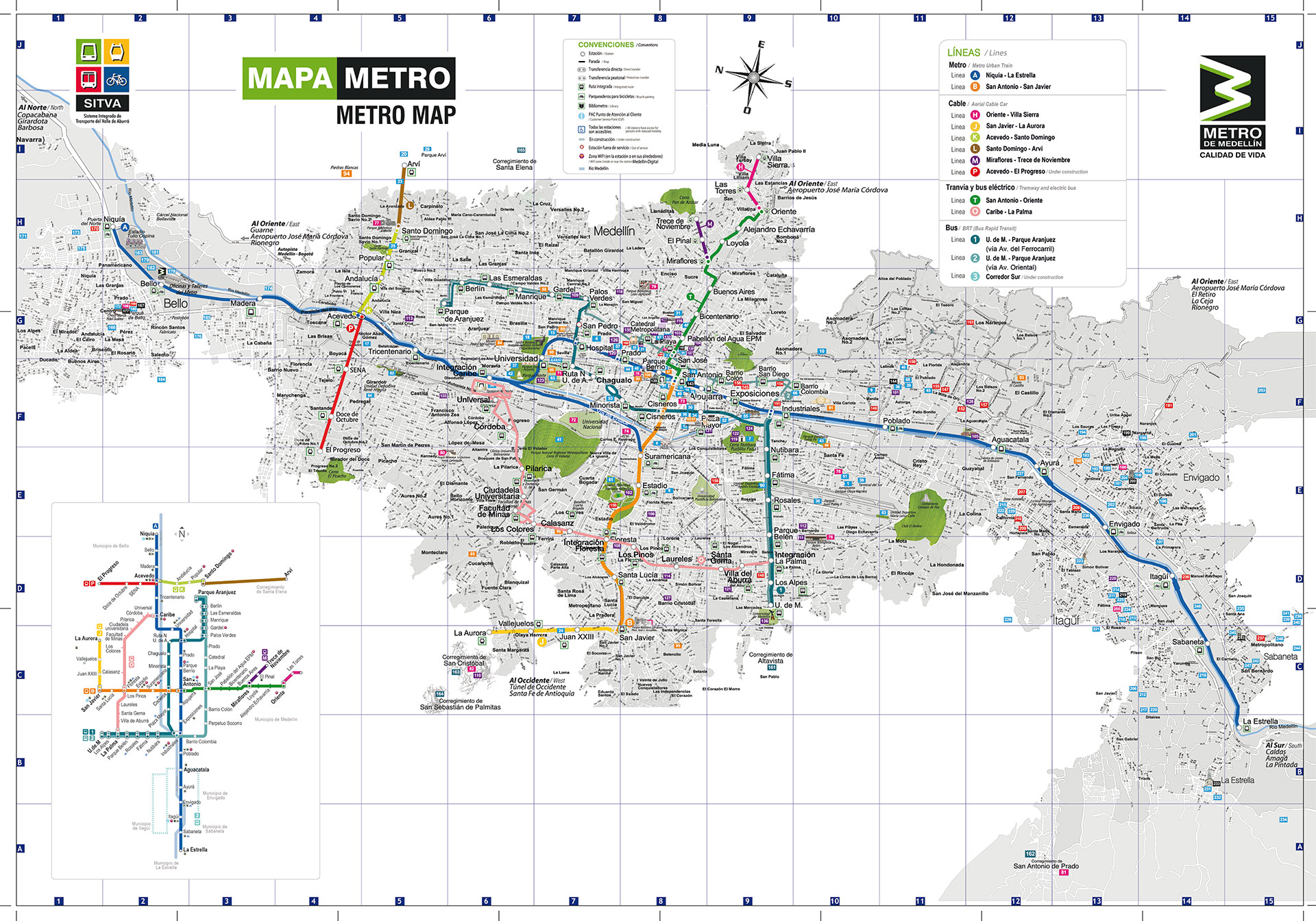
Unless you’ve lived in Medellin for a while, you might have a bit of trouble navigating the metro.
Luckily, the official website of the Medellín Metro offers different maps that will show you how to get around.
Each subway line has its own map and is detailed in a different color. You can see how and where it takes you around the city.
On top of that, you can look at an overall schematic map that tells you the name of each station. Or, you can use the site’s infographic to get details like waiting times and train speeds.
There are integrated maps for bus routes as well.
The Medellin Metro Experience
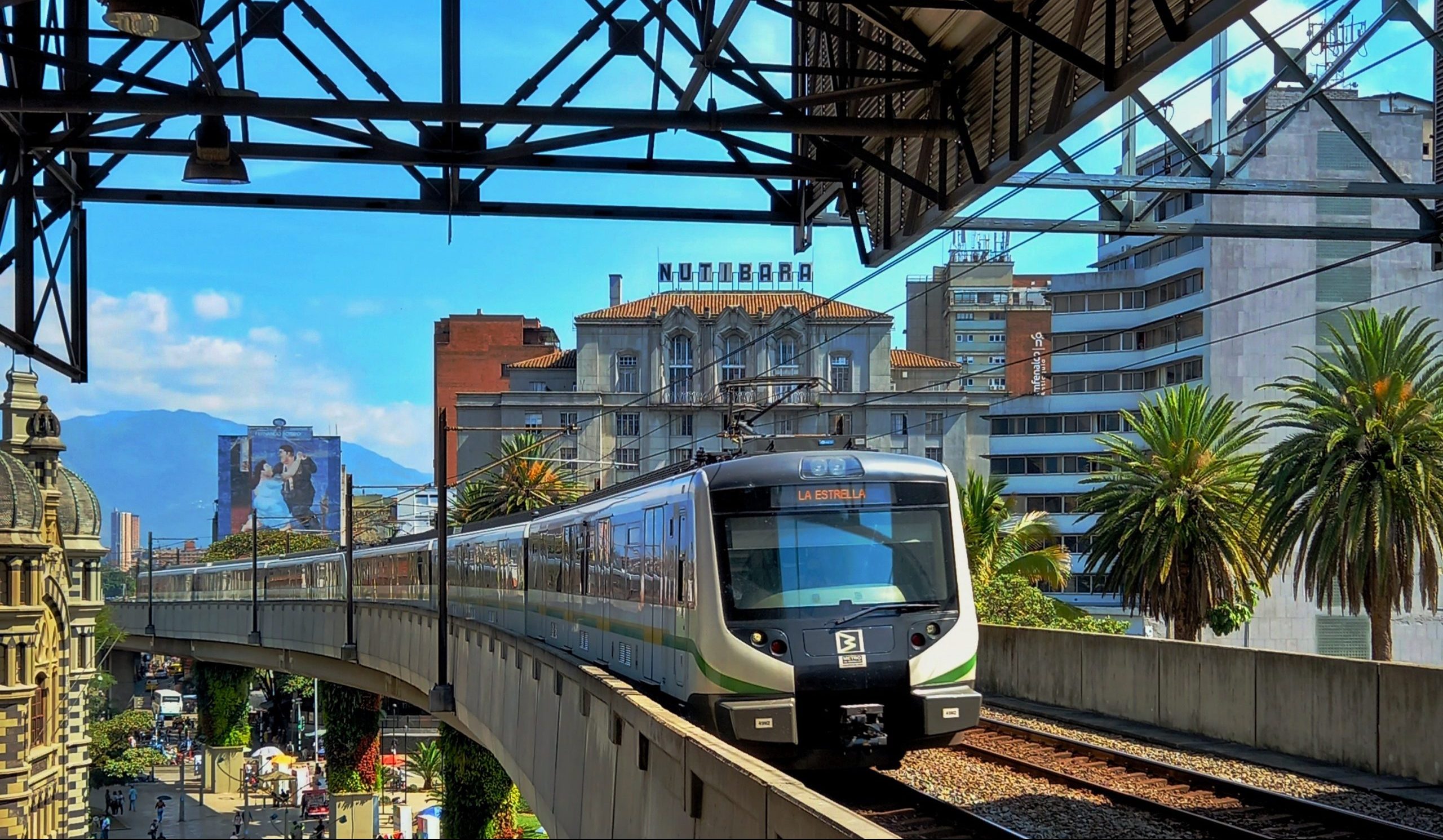
Once you’ve got your tickets and figured out the map you’re ready to climb aboard the Medellin metro. And, you’re in for a great experience.
The system is a well-oiled machine (no pun intended) that’s currently expanding to add more tram lines and cable cars.
The best thing about the metro, however, is the fact that it’s super safe. There are police and Metro personnel on board to help keep pickpockets away and the space safe. They also help get you wherever you need to go.
On the metro, there are a few covid regulations to keep in mind. Although masks are optional, it’s still nice to use them on board the system to help keep the germs away. This helps encourage co-responsibility around town.
On top of that, the system operates frequently and has short wait times between one train and the next. However, it can get a bit busy during peak hours.
It’s best to steer clear of the system during rush hour if you don’t like crowds.
In terms of where you can go on the metro, the real question is where can’t you go. The metro takes you to all the major tourist spots in town, including:
- Plaza de Botero
- Atanasio Girardot Sports Unit
- Palacio de la Cultura
- The Coltejer Building
- Parque Arvi
These are just a couple of the spots you can check out in Medellin via the metro system!
What to Know About the Parque Arvi Metro Cable

I’ve already mentioned that the Medellin metro system includes access to the metro cables. However, it’s important to note that the metro cable to Parque Arvi works slightly differently.
This metro cable runs on the L-line and takes about 20 minutes for you to get from the bottom to the top.
To get there, you’ll first need to take the K-line on the train and then transfer to the L-line at Santo Domingo station.
Just remember that depending on what type of metro ticket you’re using you might have to pay a bit extra.
Also, the metro cable isn’t always open on weekends and holidays. Make sure you plan ahead of time before heading out there on the cable car.
Are You Ready to Ride the Medellin Metro?
Now that you’ve got all the deets on the Medellin Metro system, you’re ready to travel from one side of the city to the other. And, you can save a few pennies doing it.
If you like this blog, you might like the Casacol Instagram page to keep up with all the new articles. Anything we need to update or correct? Care to contribute? Email us at blog@casacol.co.

